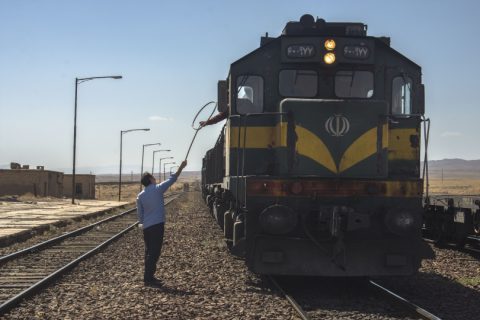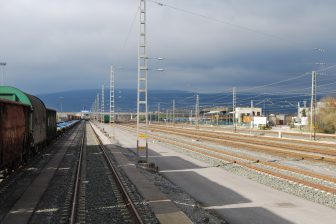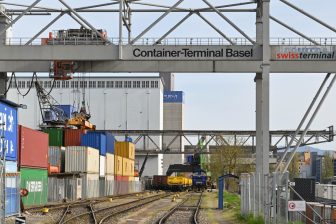
12 million tons of cargo to transit Iran yearly on Moscow-Mumbai route
Image: Pixabay. Javad Esmaeili
A new agreement between Russian Railways (RZD) and the Islamic Republic of Iran Railways (RAI) will boost the transit volumes between Russia and India via Iran to 12 million tons of cargo per year. The previous agreement targeted 10 million yearly tons; however, the corridor’s growing significance provides space for more.
Do you want to read the full article?
Thank you for visiting RailFreight.com. Become a member of RailFreight Premium and get full access to all our premium content.
Are you already a member?
Having problems logging in? Call +31(0)10 280 1000 or send an email to customerdesk@promedia.nl.




